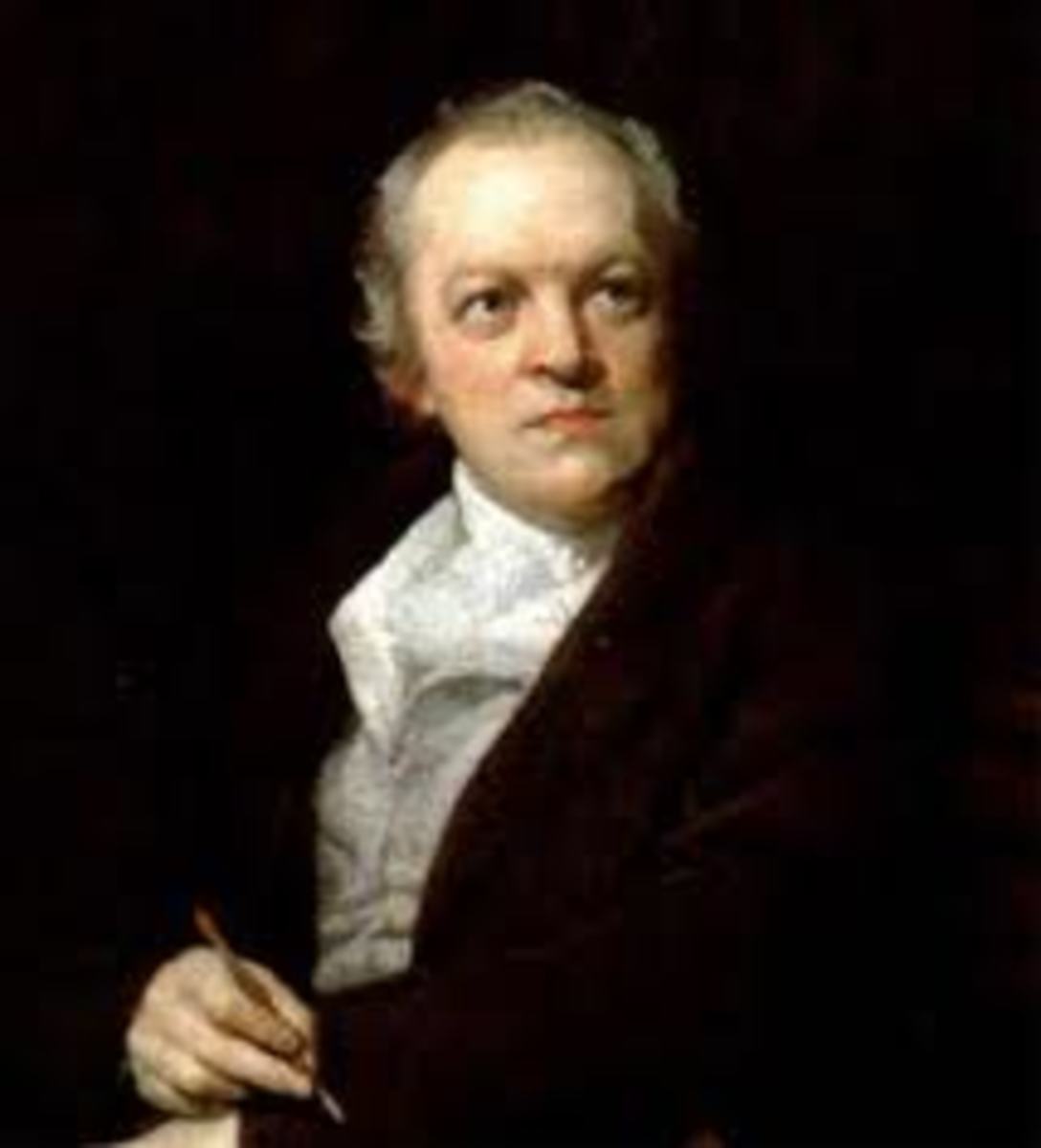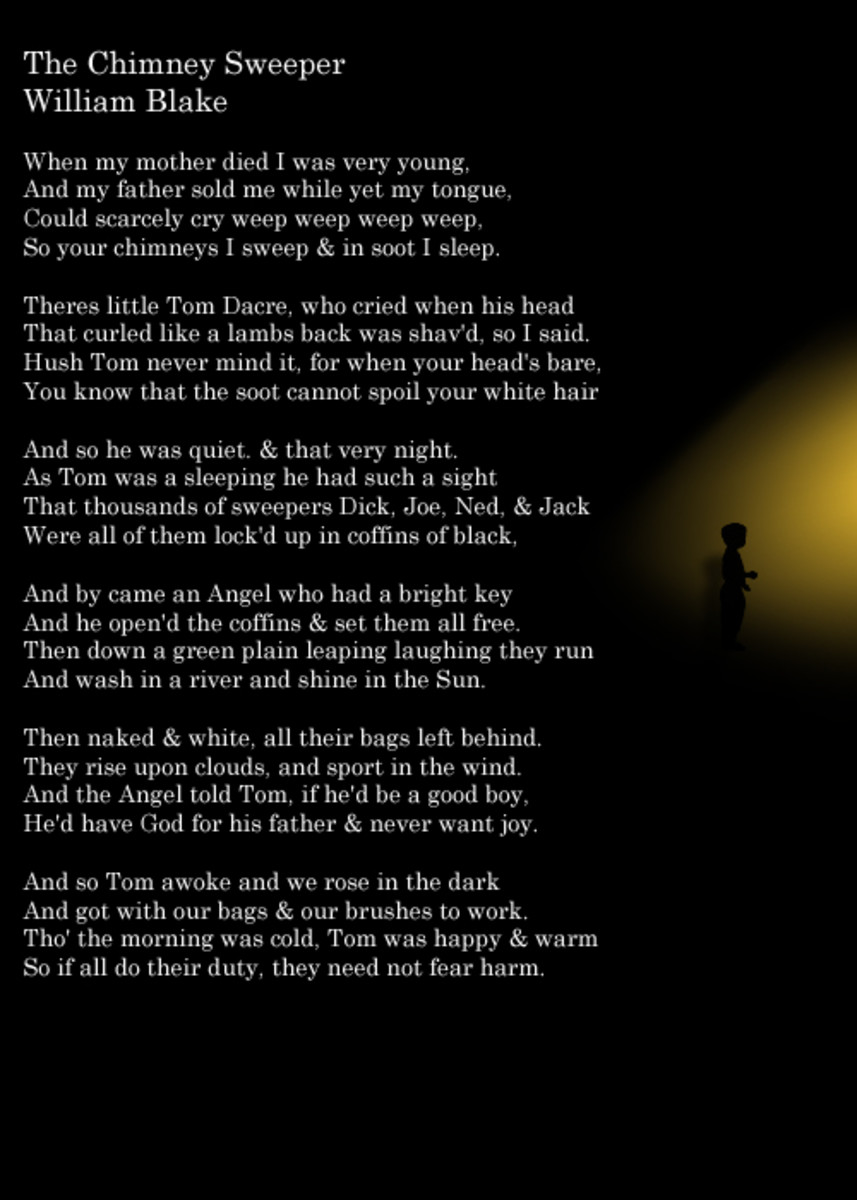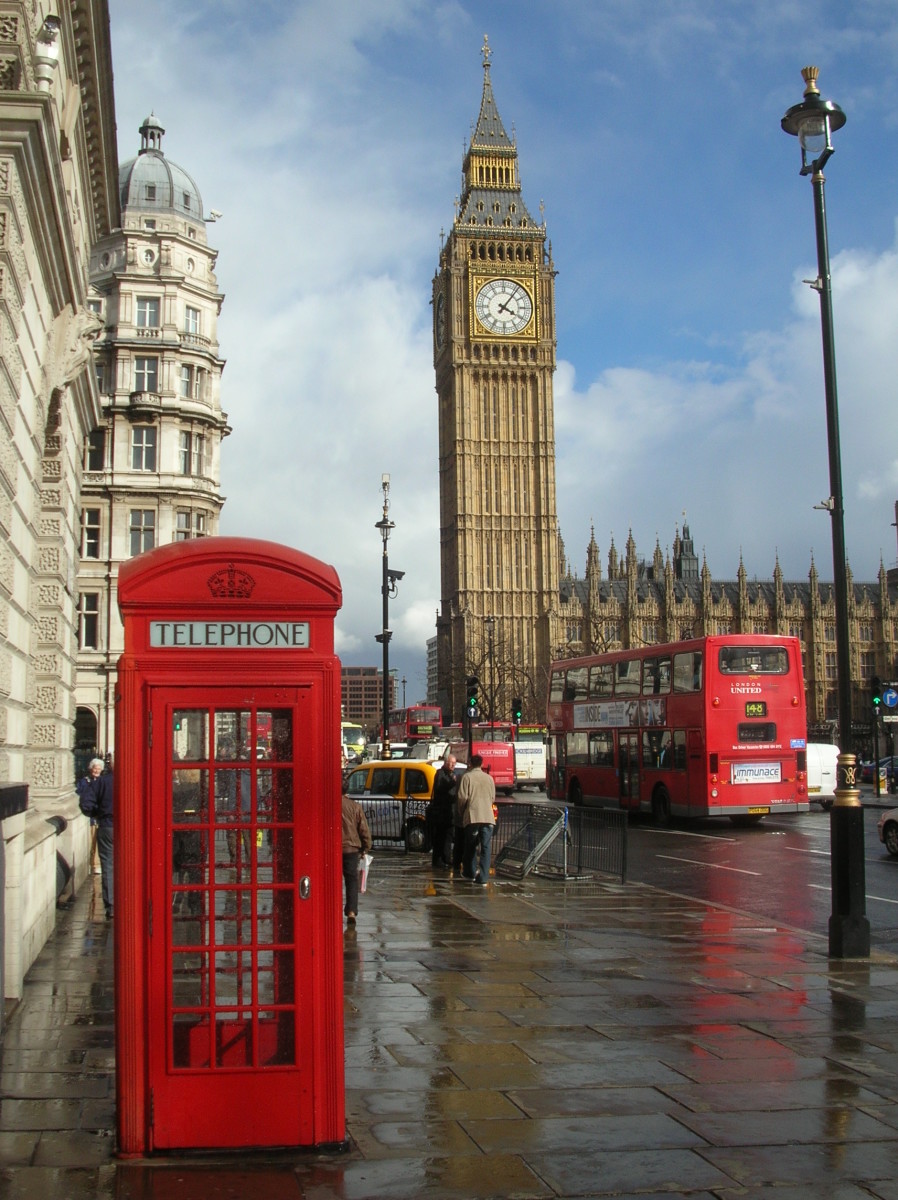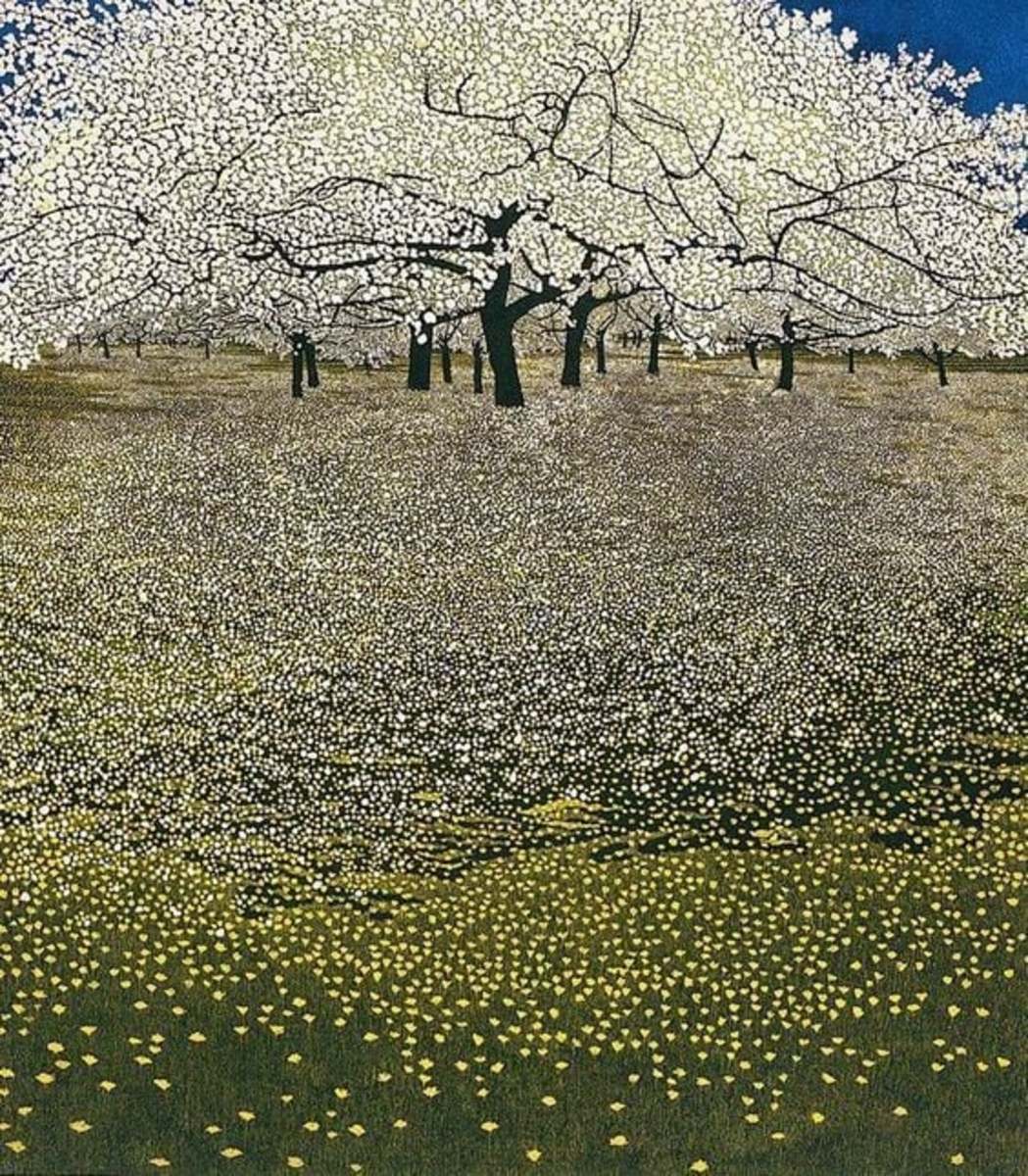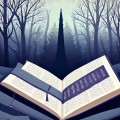A Reading of The Sick Rose by William Blake
Text of the Poem
O Rose thou art sick.
The invisible worm,
That flies in the night
In the howling storm:
Has found out thy bed
Of crimson joy:
And his dark secret love
Does thy life destroy.
Background
The English poet and artist William Blake was born in London on November 28, 1757. Blake’s family was not rich. His father ran a small clothes shop. But from a very early age it was clear that William was different from other children. He had visions. As a very young child he believed that he saw God. Throughout his life we would claim to have seen angels, prophets and religious spiritual beings of one sort or another.
Blake's poetry
Most of Blake’s poetical output consists of large, visionary “prophetic books”, which are little read today outside of specialist circles. By far his most popular work is the collection of poems known as Songs of Innocence and Experience. This was originally published in two separate volumes. The Songs of Innocence appeared in 1789 and the follow-up collection, Songs of Experience, was published in 1794. The Songs of Innocence consists of 19 short poems, the slightly longer Songs of Experience consists of 26 poems.
Innocence and Experience
For Blake, innocence and experience are “two contrary states of the human soul”. Innocence is associated with the carefree dependence of childhood and many of the Songs of Innocence have a simple, nursery-rhyme feel to them. But innocence is also associated with what one might call a religious state of grace. This connection between childhood and a religious state of grace comes straight out of the New Testament: “Except ye be converted, and become as little children, ye shall not enter into the kingdom of heaven” Matthew 18 verse 3.
Experience is the erosion of this state of innocence by maturity and experience. And whatever our mature outlook and beliefs may be, there is something in us which responds to this view. Childhood is a carefree time in which we respond to the world around us with an emotional openness which is sometimes impossible to recapture in later life.
This vision of childhood innocence is at odds with our more modern view. In William Golding’s novel Lord of the Flies, childhood is seen essentially as a state of savagery which is tamed and curbed by maturity and experience. And, in the early 20th century, Siegmund Freud showed us that sexual development in human beings actually begins in early childhood – a profoundly shocking thought to those of a Victorian mindset.
Does this mean that Blake’s vision of innocence and childhood is mistaken? The readers of Songs of Innocence and Experience may answer that question for themselves.
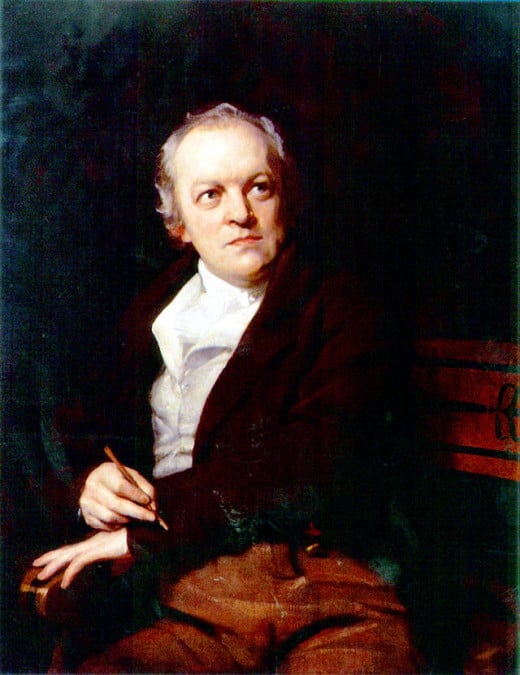
The Sick Rose
The Sick Rose is a poem from the Songs of Experience. It must surely be the shortest truly great poem in the whole of English literature. It consists of two verses of just four short lines each. The lines are very short – between four and six syllables per line. The poem is not only very short, it also seems very simple. When people start to study poetry seriously they are often bemused by the amount of information which commentators may “read into” a poem. Does this poem really call for comment?
Let’s take a look at it. The very first line immediately presents us with a problem. Who or what is the poet addressing? Is he addressing a flower or a woman?
If he is addressing a flower, then the first thing which might strike us is that “sick” is a very unusual adjective to apply to a plant. I’m no horticulturalist but I know that the health of plants can certainly be affected by any number of things. But I think it is true to say that plants are afflicted by which attack them externally – mould, rot, blight, or whatever. Sickness seems to imply something internal. But it cannot be denied that plants, included roses, are sometimes damaged by worms, bugs or other forms of creepy-crawlie. Maybe the worm in the poem is “invisible” simply because it cannot be seen by the naked eye. Maybe it is too small? Or maybe it attacks from underneath, where it cannot be seen? “Crimson joy” may be taken to apply to the petals of the rose. Roses are usually, though not always, red. So – can’t we say that this poem is a straightforward story about a plant which gets eaten by a worm?
Not really. What sort of “worm” is it “That flies in the night / In the howling storm”? That is no ordinary worm or maggot! And “crimson joy” cannot really refer to petals because the poet speaks of a “bed” of crimson joy.
So, is “Rose” a woman. If she is, then I would suggest that she is a very young woman – a girl. In these poems, innocence is connected with childhood. If Rose’s innocence is being taken away from her then she must be very young. A mature woman would be armed with the weapons of experience. The “bed of crimson joy” can then be read as an actual bed and the “invisible worm” then becomes her lover – or her abuser. This reading fits the context of the poem rather better, but questions still remain. Is Rose complicit in her own corruption or is she a victim?
The sickness from which Rose suffers could be some sort of moral weakness which makes her long for the love of someone wholly inappropriate. But, alternatively, it could mean the sickness of shame, guilt and contamination which in almost all cases blights the lives of children who have suffered sexual abuse. There may be something attractive and romantic about a figure who flies though the night in a howling storm but he is nothing but a worm, an appropriate epithet for a predatory paedophile.
So, there is a lot packed into this tiny poem. The complexity arises from the double metaphor which lies at its heart. A girl is a rose in as much as she is pretty, attractive, fresh, alluring, and so on. A lover is a worm is as much as he is the source of contamination, corruption, even disease.
Musical Settings
This poem has been set to music many times. This is the greatest setting of it that I have ever heard. It is from the Serenade for Tenor, Horn and Strings by Benjamin Britten

